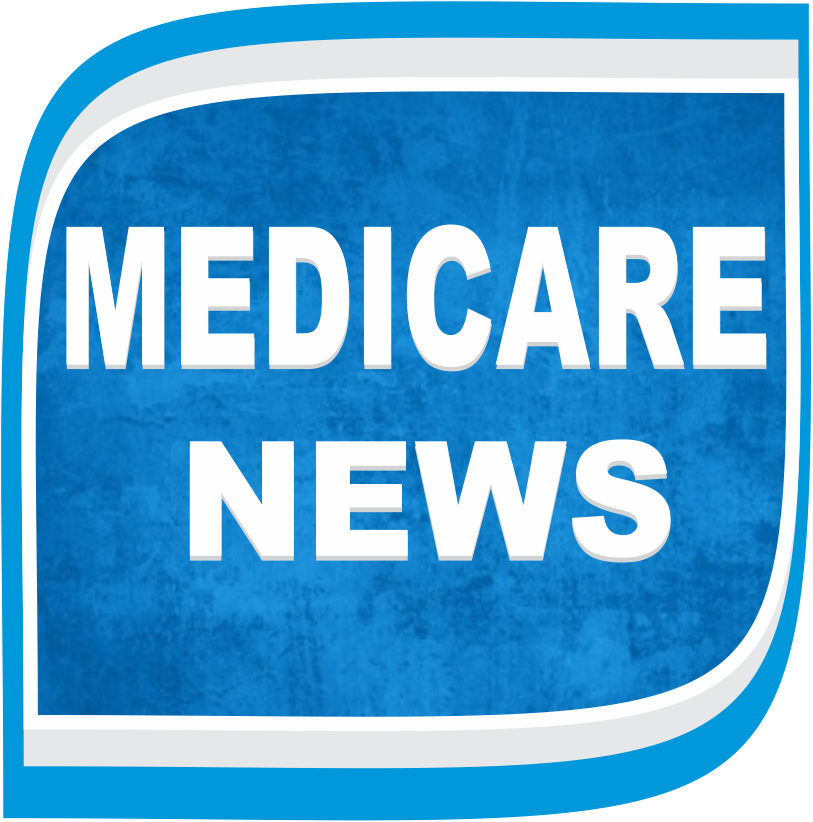
The Union Budget last year signaled some steps by the government on the path to Right to Health. Health insurance and public-private partnerships for dialysis programs and generic medical stores formed the focus areas last year. Looking at the meager developments since the last budget, it is required that a booster dose is required to be given in this budget if the momentum of healthcare reform is to be maintained and the goal of universal health coverage is to become a reality for all Indians.
The percentage of the GDP allocated for healthcare traditionally has been very low in the range of 2-3%. This has to be increased by another 2%.
1. Insurance Cover: The cover of Rs.1 lakh per family with an additional cover of Rs. 30,000 for senior citizens under the National Health Protection Scheme (NHPS), indicated that the government was focusing on health insurance to be the driving force as India moves towards universal health coverage. A good first step, the fact remains that the cost of treatment of serious illnesses such as cancer is much more and places a heavy financial burden on the lower and middle income groups. A special plan with a higher cover of upto 3-5 lakhs for critical illnesses is a necessity to ensure every patient, especially in the socioeconomic background, gets an opportunity to access the best available treatment.
2. Insurance Scheme for Returning NRIs: Many NRIs are stuck with major illness like cancer, heart attack, stroke etc. once they return to India after the age of 60. This is especially true among the NRI workers in the Middle East countries after returning to India. Most of them are economically shattered when such calamities happen. An Insurance scheme to be floated with their participatory premium while still working to take care of critical illnesses for them and spouse, once they return to India.
3. Tax-Free Medical Reimbursement: With the load on government hospitals and lack of facilities, many patients end up going to private hospitals for advanced treatment of chronic and life-threatening illnesses. With private expenditure on health at around 70% of the total health expenditure, it is essential that the tax free medical reimbursement limit be increased to ease the burden on patients taking treatment for chronic illnesses.
4. Network of Low Cost Generic Medicine Stores: Access to inexpensive generic medicines through expansion of the Jan Aushadhi stores to 3000 stores across the country was announced last year. Against the over 8.5 lakh pharmacies selling branded drugs, the figure of 3000 stores is miniscule. In addition, as per the official website, out of the 164 Jan Aushadhi Stores opened so far, just 87 are presently functional. The scheme needs to be promoted and incentivized to make a real impact on the ground and give people who need it access to affordable medicines.
5. Free / Subsidized Dialysis: Another announcement in the last budget was the opening up of dialysis centers in district hospitals through public-private partnerships. While this was a positive step of benefit to kidney failure patients requiring lifelong dialysis, the number of facilities have to be increased significantly.
6. Allocation for Rural Healthcare: While private sector healthcare, especially in the speciality and super-speciality care, continues to grow and rivals the best in the world, the primary public health system is lagging behind. It is essential that primary and community health centers in rural and semi-urban areas be a focus area in this budget. Co-opting young medical graduates for this through suitable schemes and incentives is to be promoted by incentivizing them through academic and financial benefits.
7. Primary Care & Immunization: The best investment into healthcare will be by preventive care. Immunization program has to be made more robust.
8. Focus on Non Communicable Diseases: The economic burden of Non Communicable Diseases in India is expected to be $6.2 trillion by 2030. Meet the growing non-communicable disease burden requires increasing investment in healthcare.
9. Reduction in Import duty of Medical Equipment: More than 75% of medical equipment / devices are still imported and there is an urgent need to make these imports free of duty or subject to lesser duty. Higher duty rates will lead to increase in healthcare costs directly affecting the patients.
The booster dose this year should also include exemption of Healthcare Services from GST, Increase of tax holiday for establishing healthcare facilities from the current period of five to ten years in non-metros, increase in Tax Exemption on Preventive Health checkup and setting up of a healthcare infrastructure fund as well as a medical innovation fund.
We at Aster DM Healthcare look forward to a budget that will empower us to further our vision to deliver affordable high quality healthcare to everyone irrespective of socioeconomic status.








